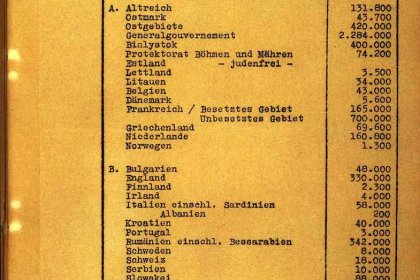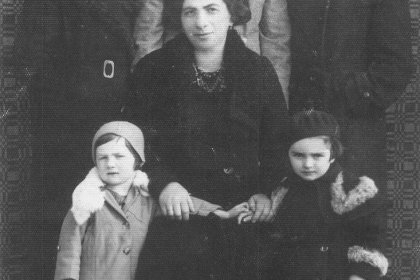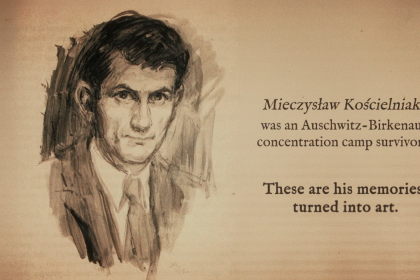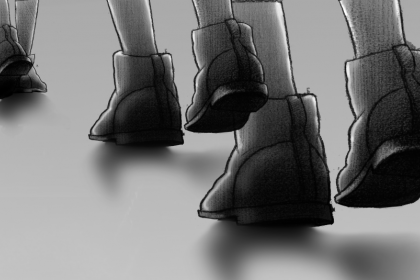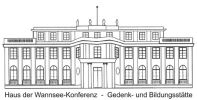On January 27 the liberation of Auschwitz-Birkenau is commemorated. Auschwitz was the largest Nazi site of annihilation, in which well over one million people were murdered, primarily Jews but also members of other groups in society.
The Holocaust, which manifested itself and took place in Auschwitz and numerous other sites of annihilation, represents a rock bottom point in history. It has come to symbolize the lowest depths of what mankind is capable of doing to one another, the absolute epitome of political and human evil, from which there can only be one consequence, “Never again”.
A generation at the end of the war – the meagre number of survivors of the concentration camps, together with all those who can still remember the Nazi reign of terror and the crimes committed in the name of National Socialism – is becoming steadily smaller. This generation will soon fall silent. And so, it becomes all the more important to keep the memories alive, above and beyond the contemporary witnesses, and to pass them on to the younger generation in many different ways.
With the support of 104 member states across all continents, the General Assembly of the United Nations declared January 27 to be the International Day of Commemoration in memory of the victims of the Holocaust in a resolution on November 1, 2005. Among other things, the UN resolution expressed the hope “that the Holocaust, which resulted in the murder of one third of Jewish people, along with countless members of other minorities, will forever be a warning to all people of the dangers of hatred, bigotry, racism and prejudice”. Numerous countries have introduced a day of remembrance as a solemn reminder of the Holocaust. The mode and content of the commemoration are likely to vary from country to country, indicative of the fact that the experiences of liberation in 1945 were by no means identical across all lands. As a result, commemorations can even appear quite contrary across different nations.
Text written by Prof. Matthias Weber, German ENRS coordinator


